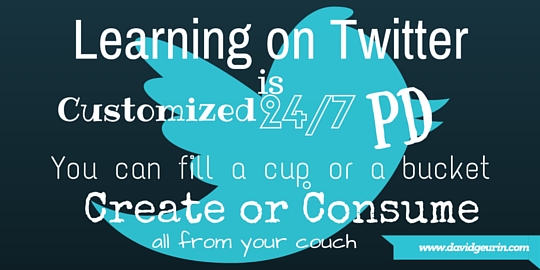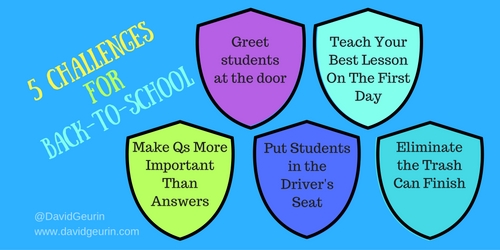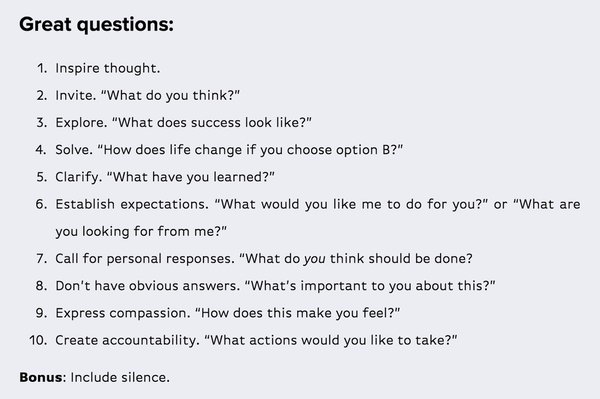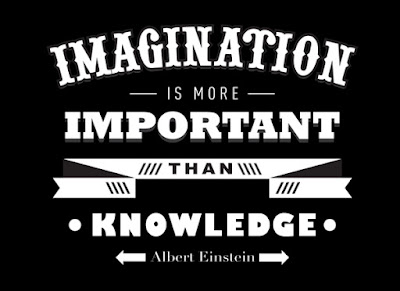If you've been on the fence about using Twitter to support your professional learning, this list might help. If you exhibit the following signs, it's probably a good idea to just forget about Twitter.
1. You don't understand Twitter and aren't willing to learn.
1. You don't understand Twitter and aren't willing to learn.
2. You don't need any more personal or professional support. You have all the friends you'll ever need.
3. You have perfected your craft. Every kid is learning every day. You have no room for improvement.
4. You've never had a good idea someone else might benefit from.
5. You're not interested in your voice being part of a larger conversation about education.
6. You only collaborate with colleagues in your school because they have cornered the market on how to teach well.
7. You don't have time to do something that could be a game-changer for you and your students.
8. You're afraid you might change your mind about something. You hold onto your beliefs about kids and learning like a security blanket. You wouldn't want that disturbed. What if your flawed assumptions were challenged and didn't hold up under scrutiny? Ouch!
9. You can't believe amazing professional learning could be free and convenient and totally self-directed!?! But it is.
10. You're so passionate about education and kids, you are afraid you will get addicted and have to go to therapy (warning: this could happen).
If this list doesn't describe you, you might be a great candidate to use Twitter to grow your PLN (personal learning network). Twitter may seem a little difficult at first, but it's a great way to challenge your thinking, find new resources, connect with educators across the globe, and consider new ideas that can help your professional practice.
Best of all, it's free and can be done at your convenience, any time of day all from the comfort of wherever you are. There are really no wrong ways to use Twitter for professional learning as long as you feel it's supporting your goals. For me, it's been the most powerful professional learning possible. It's been a game-changer.
Question: Is Twitter your thing? Or are you still on the sidelines? I want to hear from you. Leave a comment below or respond on Facebook...or Twitter. :-)
If this list doesn't describe you, you might be a great candidate to use Twitter to grow your PLN (personal learning network). Twitter may seem a little difficult at first, but it's a great way to challenge your thinking, find new resources, connect with educators across the globe, and consider new ideas that can help your professional practice.
Best of all, it's free and can be done at your convenience, any time of day all from the comfort of wherever you are. There are really no wrong ways to use Twitter for professional learning as long as you feel it's supporting your goals. For me, it's been the most powerful professional learning possible. It's been a game-changer.
Question: Is Twitter your thing? Or are you still on the sidelines? I want to hear from you. Leave a comment below or respond on Facebook...or Twitter. :-)














